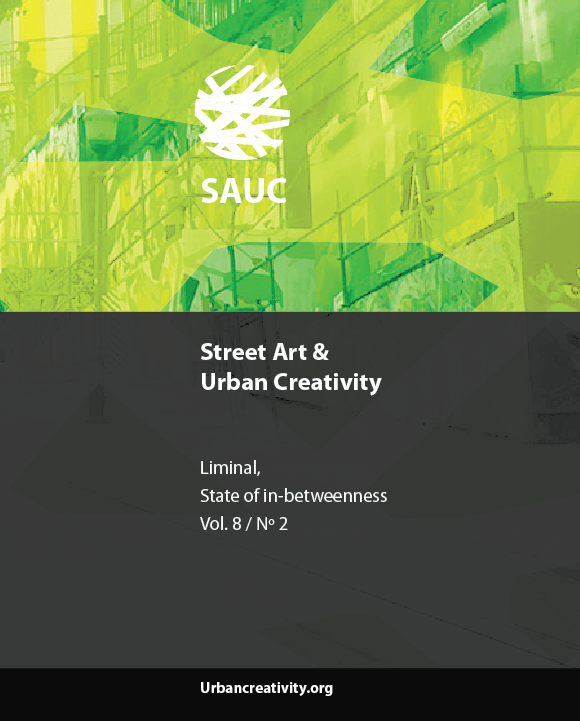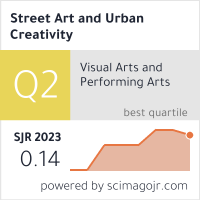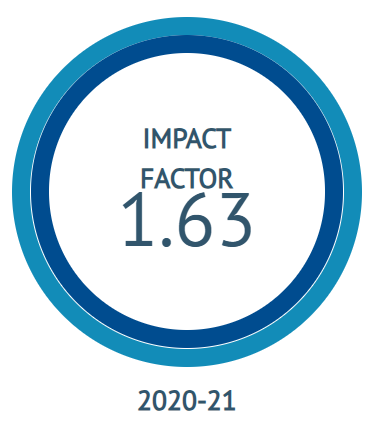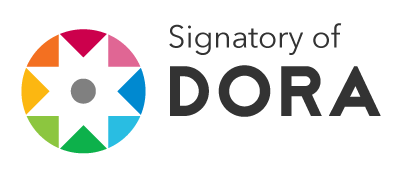Drawing the Line: A Legal Geography of Street Art in the London Borough of Tower Hamlets
DOI:
https://doi.org/10.25765/sauc.v8i2.623Palabras clave:
graffiti, street art, urban semiotics, property, urban management, legal geographyResumen
This article presents the findings of a small study that examines how and why the London Borough of Tower Hamlets introduced a policy in 2019 to distinguish between graffiti and street art. In doing so, this study adopts the theoretical vocabulary of legal geography to intervene in debates concerning the distinction between graffiti and street art. The research begins by outlining East London as a site of empirical interest, before defining several concepts in legal geography that are argued to be of analytical use for graffiti and street art scholars. The methodology of the study is presented before describing the results: that street art is selectively retained in Tower Hamlets because it valorises and decorates property where graffiti is considered to threaten the dominance of property in the spatial imagination of the law. As such, legal geography is presented as a critical tool to interrogate the instrumentalisation of policies, like that in Tower Hamlets, that seek to regulate what can be termed street art.
Descargas
Estadísticas globales ℹ️
|
170
Visualizaciones
|
96
Descargas
|
|
266
Total
|
|
Descargas
Publicado
Cómo citar
Número
Sección
Licencia
Los autores/as que publiquen en esta revista aceptan las siguientes condiciones:
- Los autores/as conservan los derechos de autor.
- Los autores/as ceden a la revista el derecho de la primera publicación. La revista también posee los derechos de edición.
- Todos los contenidos publicados se regulan mediante una Licencia Atribución/Reconocimiento-SinDerivados 4.0 Internacional. Acceda a la versión informativa y texto legal de la licencia. En virtud de ello, se permite a terceros utilizar lo publicado siempre que mencionen la autoría del trabajo y a la primera publicación en esta revista. Si transforma el material, no podrá distribuir el trabajo modificado.
- Los autores/as pueden realizar otros acuerdos contractuales independientes y adicionales para la distribución no exclusiva de la versión del artículo publicado en esta revista (p. ej., incluirlo en un repositorio institucional o publicarlo en un libro) siempre que indiquen claramente que el trabajo se publicó por primera vez en esta revista.
- Se permite y recomienda a los autores/as a publicar su trabajo en Internet (por ejemplo en páginas institucionales o personales), una vez publicado en la revista y citando a la misma ya que puede conducir a intercambios productivos y a una mayor y más rápida difusión del trabajo publicado (vea The Effect of Open Access).













